A Big Cat Year in Chile. The South American country of Chile is home to five different wild cat species and our David Couve, a Patagonia-based guide and cat enthusiast, was able to spot four of them within a single year; a quest which included sightings of the extremely elusive and endangered Andean Mountain Cat (Leopardus jacobita).
Chile’s Five Wild Cats
Chile is an extraordinarily long and diverse country. From North to South it spans over 4,000 km (2,600 miles) and features an almost endless coastline. Just some 100 km (62 miles) inland, the mighty peaks of the Andes rise into the sky.
Along this fascinating nation, five different wild cats occur: (1) Andean Mountain Cat, (2) Pampas Cat, (3) Kodkod or Guigna, (4) Puma and (5) Geoffroy’s Cat.
Our naturalist guide David Couve spotted four of them within one year in the wild.
An extraordinary Achievement
Over a cup of coffee, David told me about his encounters with these cats in the wild, explaining me also the reason why this is so important to him. He also outlined the essential abilities a cat enthusiast needs in order to find cats in their natural environment. A Wild Cat Year in Chile
Bright Eyes
You can tell by just looking at David’s face that wild cats fascinate him. Once he starts talking about them, his eyes begin to glow. He seems to dwell in his own world, when thinking back at memories with wild cats in the field.
Yet, how did he develop this deep admiration for cats? What encourages this young man native from southern Patagonia? A Wild Cat Year in Chile
First Encounters with Cats
David started his first experiences with cats in the wild during his time at university. At that time he used to join his father Enrique on puma (Puma concolor) tracking trips in southern Chile’s Torres del Paine area. Enrique Couve is one of the founders of Far South Expeditions. For decades, this passionate naturalist has been spending much of his time in the nature, observing and studying animals and plants species.
In the early years of puma watching in Patagonia, this activity meant searching, walking and waiting for hours and hours. Unfortunately it was a quite common practice that pumas were hunted at that time. Their population was small and their fear to humans was huge. As a consequence, a puma sighting was an extraordinary experience, which could only be achieved thanks to a lot of patience, resolution and perseverance. A Wild Cat Year in Chile
Father as a Tutor
In 2018, David traveled to the north of Chile for the first time, and this opportunity was exclusively aimed to look for mammals, and even more, the main goal of this expedition was to attempt to find the top predators. However, these are very rare and elusive and and consequently very hard to find. David tells me that the situation in the far north of Chile used to be the same as in in the very south. “We used to get up very early and spent the whole day in the field, looking for cats. Only very late in the evening, we used to go back to the sleeping quarters. We just had water and some sandwiches with us – as well as my father’s determination. He never rests.”
They spent countless hours walking, waiting and searching; that doesn’t mean at all that was was a waste of time. While looking for the rarest species, they were able to see so many other interesting creatures along the way. David benefited enormously from Enrique’s extensive field experience and his deep knowledge about wildlife. Thus, Couve junior set up a considerable expertise about nature. The two men watched and study birds, insects, reptiles, plants, small mammals and so forth in the process. Who takes his time and walks with open eyes will find a surprisingly rich and abundant variety of wildlife even in a alleged bleak area as the altiplano, the highlands of northern Chile.
Cats in the Andean Highlands
The Pampas Cat (Leopardus colocolo) and the Andean Mountain Cat (Leopardus jacobita) both occur in the far north of Chile. There, in the surroundings of the small town of Putre, and eastwards along the border with Bolivia, there are several wildlife reserves. The Lauca National Park, the Salar de Surire Natural Monument and Las Vicuñas Nature Reserve together comprise an area of over 360,000 ha (c. 900,000 acres). Within this protected areas, there are private properties belonging to members of the indigenous tribe Aymara. With them, the Couve family has developed a close friendship. Thanks to mutual respect and support David and Enrique can move more or less freely on their land and thus choose optimal tracks which should eventually produce cat sightings and records.
Mobile Residing
The Altiplano highlands are sparsely populated and distances are just huge. Thus, an all-terrain mobile home was the best idea for being totally independent, flexible and to use the field time as efficiently as possible. Thanks to their mobile home, the Couves were able to spend the night wherever makes more sense for their cat quest. They were not forced anymore to stay at one of the very few available accommodations. Due to the Covid-19 pandemics, the acquisition and the legal transference of this vehicle took much more time than the initially planned. During the year 2020, however, they could finally call the mobile home their own. A Wild Cat Year in Chile
Pampas Cat in the Altiplano near Parinacota
As so many times before, David and Enrique started their quest very early in the morning in order to position themselves close to a group of flamingos. These lovely, pink-colored birds feed on the small organisms and crustaceans living in the numerous highland alkaline lagoons and ponds. Flamingos are an important prey for the small cats inhabiting the area. The two enthusiasts were not even fully installed in their hide as they saw a cat.
It was just about to turn away from them and run up the hill. On the top of the hill, it hided away. David said to his dad: “There is a cat. There it is.” They waited for half an hour. Nothing happened. They went on waiting. Finally, after maybe an hour, a small head appeared over the ridge line. Enrique spotted the cat immediately. The started taking pictures. The cat turns looked at them, sat down. It looked backward, then forward again. It stood up, began to stretch its legs. Then it disappeared and was never seen again. A Wild Cat Year in Chile
Kodkod on Chiloé Island
The Kodkod Cat (Leopardus guigna) lives primarily in the dense forests of central and southern Chile. The IUCN lists it as Vulnerable and that says a lot about his restricted range and small numbers in the wild. David’s keen eyes, patience and willingness to walk over many kilometers through cat territory looking for signs, footprints and scats, rewarded him in December 2022 with several Kodkod sightings. He spent nearly a week with guests on Chiloé Island during one of our dedicated wildlife trips. The forest reserve of Tepuhueico is a secluded untouched paradise. Its 20,000 ha (c. 50,000 acres) of untouched temperate rainforests are home to an impressive cast of mammal and bird species.
The occurrence of Kodkod in Tepuhueico Park was well-known. However, it has been always very difficult to see and photograph.
The small group plus David and his father Enrique were not discouraged from walking some 20 to 30 km (12 to 19 miles) every day. Talking about this, David is very honest and states clearly: “Who wants to have a nice trip and see some diverse landscapes, won’t enjoy this trip. It’s designed for those who have a lot of patience, perseverance and determination.” On all their hikes, the group was always very alert to any signs left behind by the cat. The combination of many different puzzle pieces finally allowed them a total of seven Kodkod sightings. Mostly they only could see the cat’s green eyes in the spotlight of their headlamps. On one occasion, however, they managed to see the Kodkod clearly and for about 20 seconds, before it disappeared in the thicket. David’s group used to be in the field from the first light until the night fell in. There was only a short rest around noon. All the sightings took place in the twilight. During the day, they didn’t see any cat at all.
Pumas in Patagonia
In recent years David has been able to track and observe many wild pumas in Patagonia. There are estimates of nearly 40 to 50 individual pumas living in the area between Torres del Paine and the private ranch Laguna Amarga, the latter located right eastwards of the famous national park. Far South Expeditions offers dedicated puma tracking trips since the early 2000s, and David is one of the several guides, who lead these exciting trips for our guests. David thoroughly enjoys every single encounter with this cat and he likes being in the field, looking for the various tracks and traces, to eventually spot them. Guanacos, in particular, are an important key (and “tool”) during the quest for these cats as this new world camel is their main prey. Guanacos are not an easy catch as they have developed elaborated defense strategies, in order to avoid ending up in the sharp and powerful claws of pumas. A Big Cat Year in Chile
Andean Mountain Cat – the Cherry on Top
Last but not least, let’s revive the exciting encounter with Andean Mountain Cat. The moment David saw this small cat might will linger in his memory forever. David and his guest were in the field, exploring the vast altiplano of northern Chile for 11 days. The main goal of this expedition was finding the Andean Mountain Cat. Our guest had travelled around the world, in order to see and document mammals in the wild. Hence, his expectations (and pressure) in finding this species were considerable. So, the two men spent more than a week in the highlands, constantly looking for this rare cat. The quest was intense and energy-consuming; it usually started in the very first morning hours and finished late at night, interrupted by a brief siesta at noon. Furthermore, the Altiplano is a rather barren land. There are very few plants and also the animals are scarce and well-scattered. David and his guest were in the field day after day, and with luck they spotted one or another fox or skunk. The time was running out and their hopes were dropping. Yet, in the very last moment, they managed to see this enigmatic and seldom-seen cat. And not just one, but two of them! Furthermore, they were with a recently caught prey. What an amazing experience! The sighting took place shortly after midnight. Hence, the last official day in the field was already over. It was already the departure day! A Big Cat Year in Chile
Cat Sightings in Retrospect
When looking back to the past year, many different feelings arise in David’s mind and heart such as happiness, gratitude, satisfaction, pride, but also modesty. The small cats are extremely smart, active animals and they know exactly, when and where, a human is looking for them. Their outstanding senses and their ability to adapt to every single habitat condition have allowed them, over thousands of years, to span from Alaska all the way down to Patagonia, in attempts to ensure their survival. Hence, don’t we think that we’d find the cats without them knowing so. They are perfectly aware of what’s going on around them. And then, either they allow us humans to see them – or simply not. a big cat year in chile
Looking Ahead
Being asked where he sees himself in the upcoming months and years, David holds back. Well, one of his main goals is to find Geoffroy’s Cat (Leopardus geoffroyi). This is the fifth wild cat species occurring in Chile and at the same time, the only one he hasn’t seen yet. Furthermore, he hopes that there will still be dedicated trips with guests, aimed to spot small cats. A conservation ethos is paramount in cat territories, and this will probably result in the cats loosing their fear to respectful observation activities. Gradually they might realize that we do not want to harm them and thus will develop a certain disposition to being observed. An extraordinary example are Patagonian Pumas and this correlation is consistently demonstrated. Nowadays, ecotourism activities related to puma watching have a significant conservation and economical impact for the Torres del Paine area. Beyond the wild animals developing a certain tolerance to humans, ecotourism is contributing to the welfare of a whole given region. Once an iconic animal such as a wild cat, has reached certain significance in the community, there is more interest to protect the animals and their habitat. This, again, not only benefits the “umbrella” species, but helps to maintain the entire ecosystem. a big cat year in chile
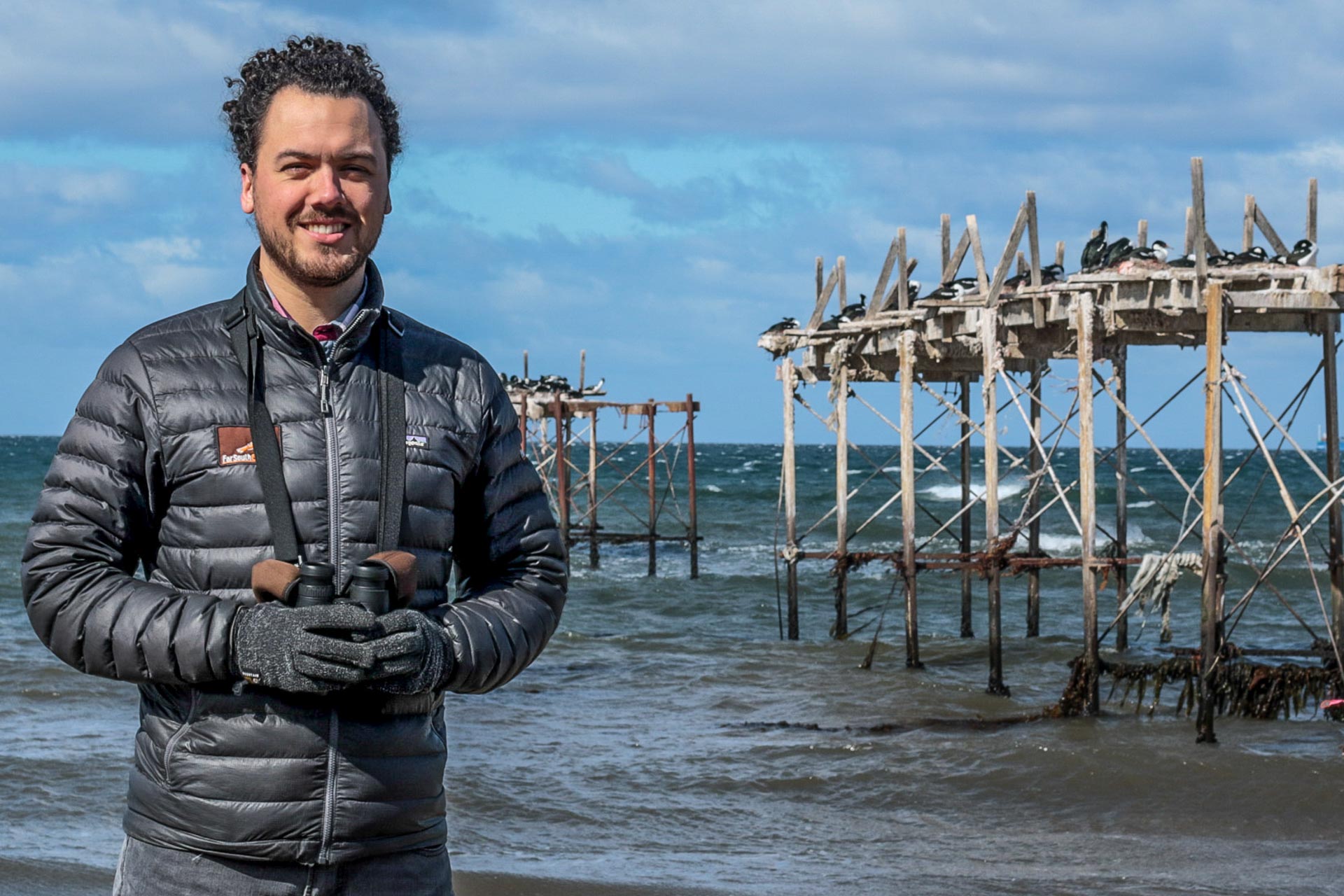



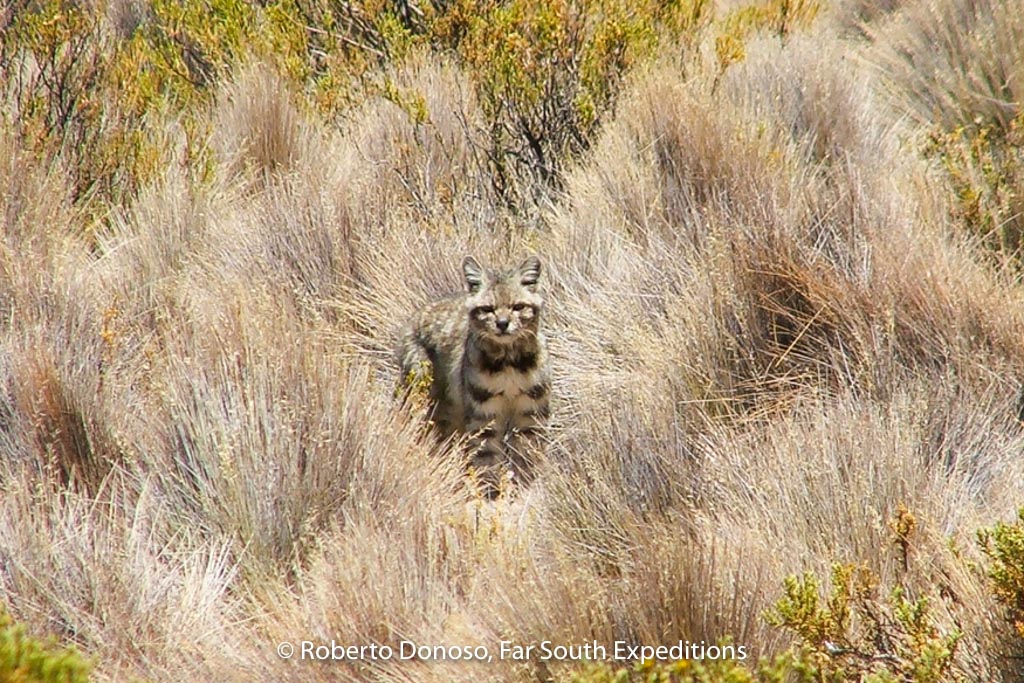

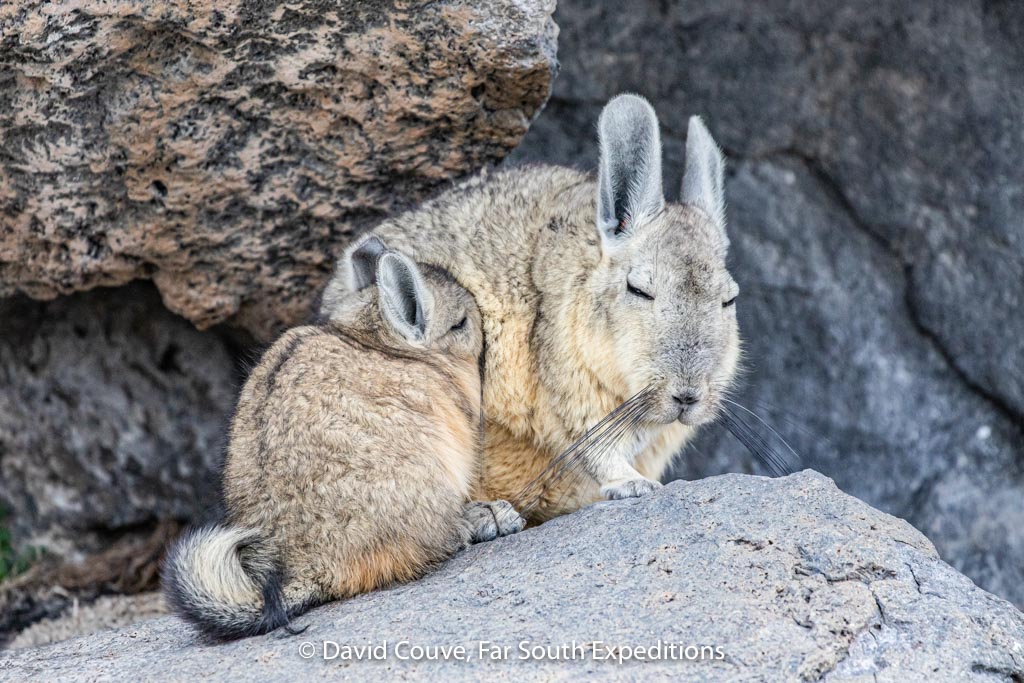
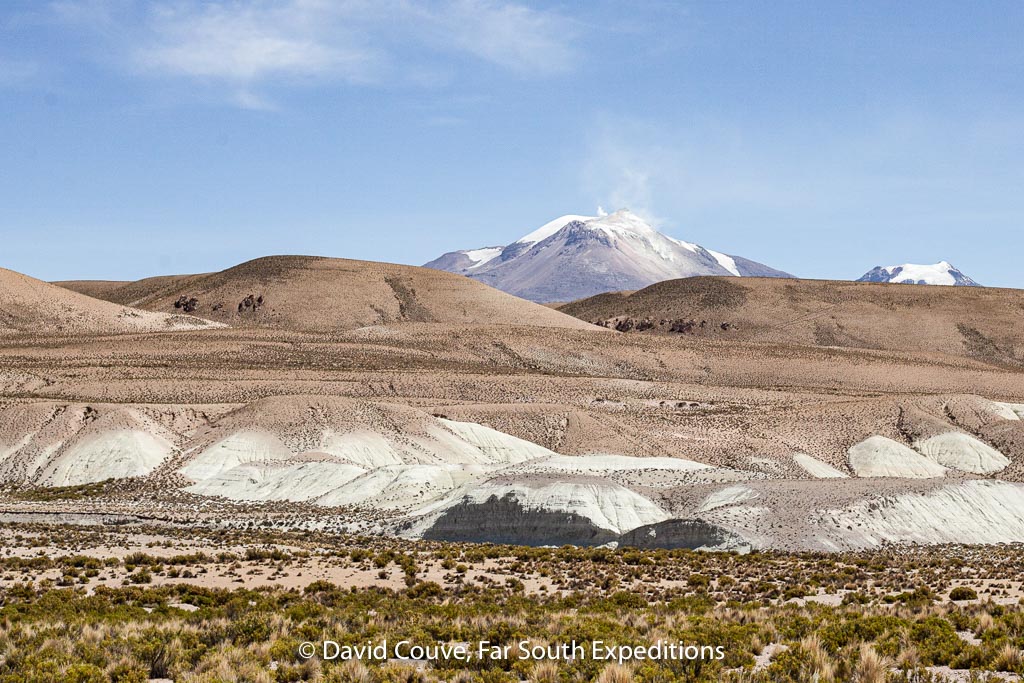
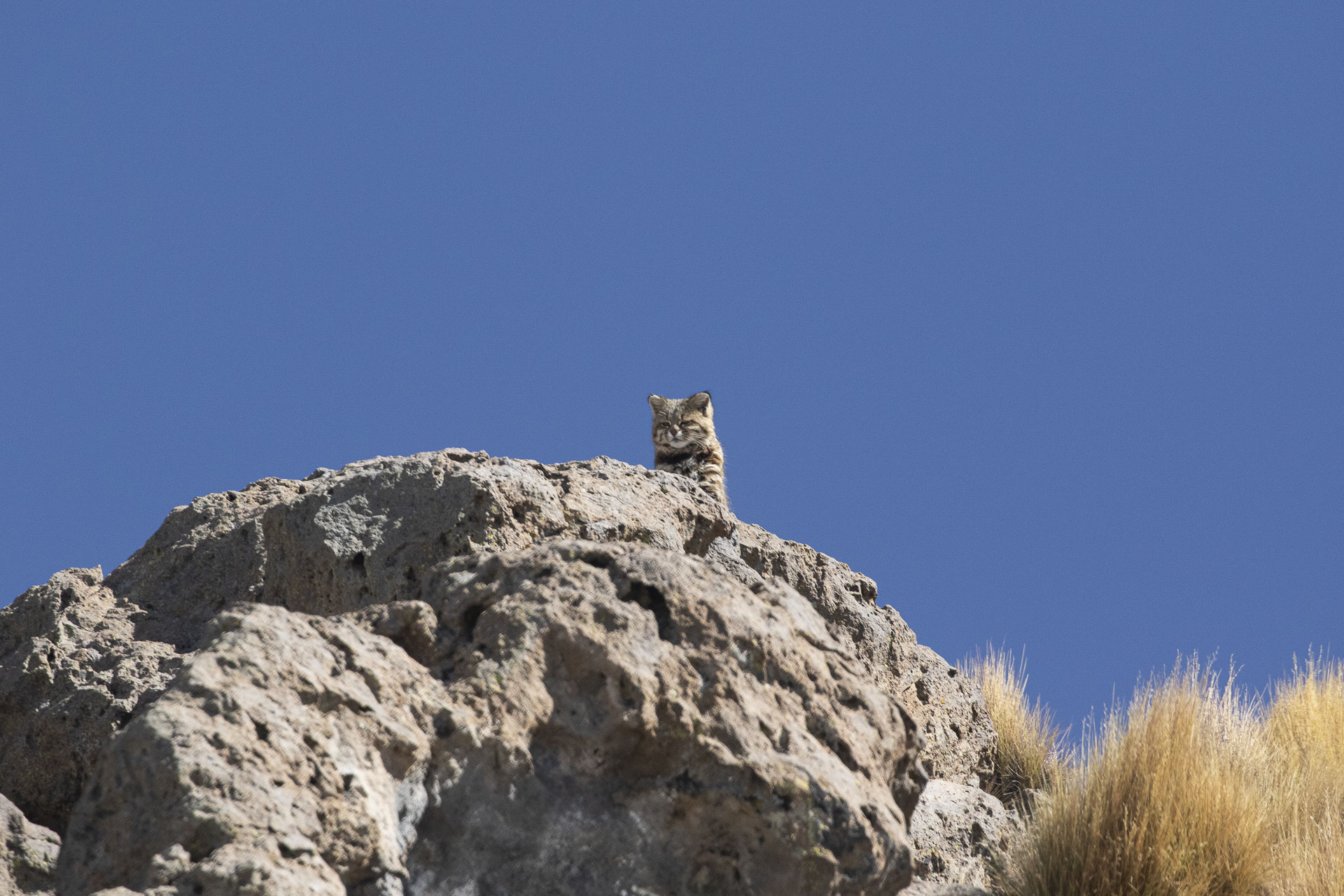
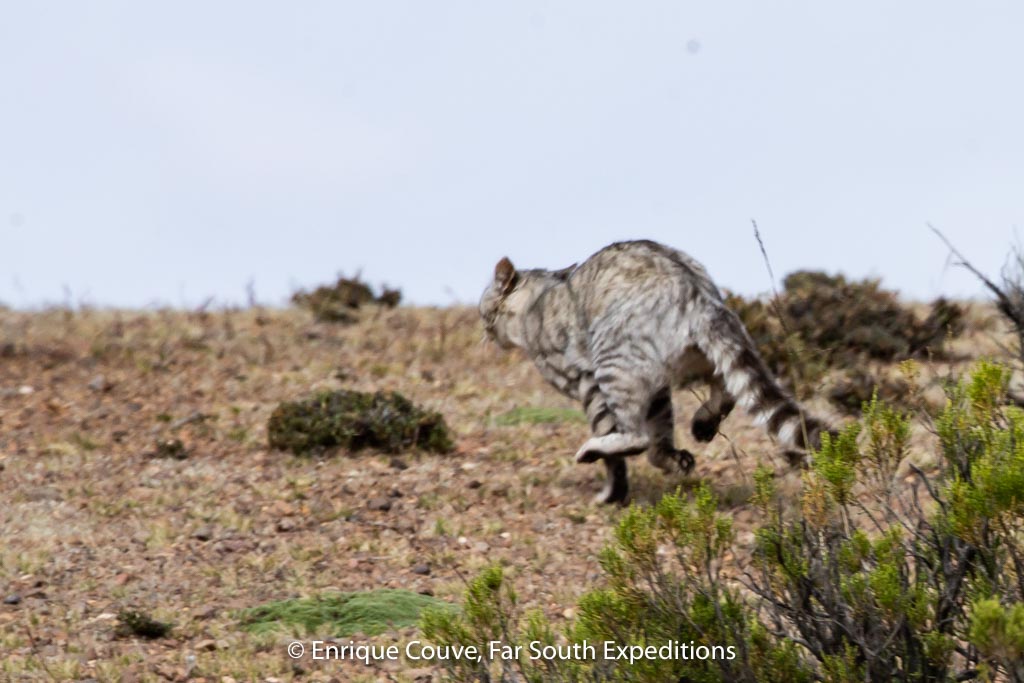
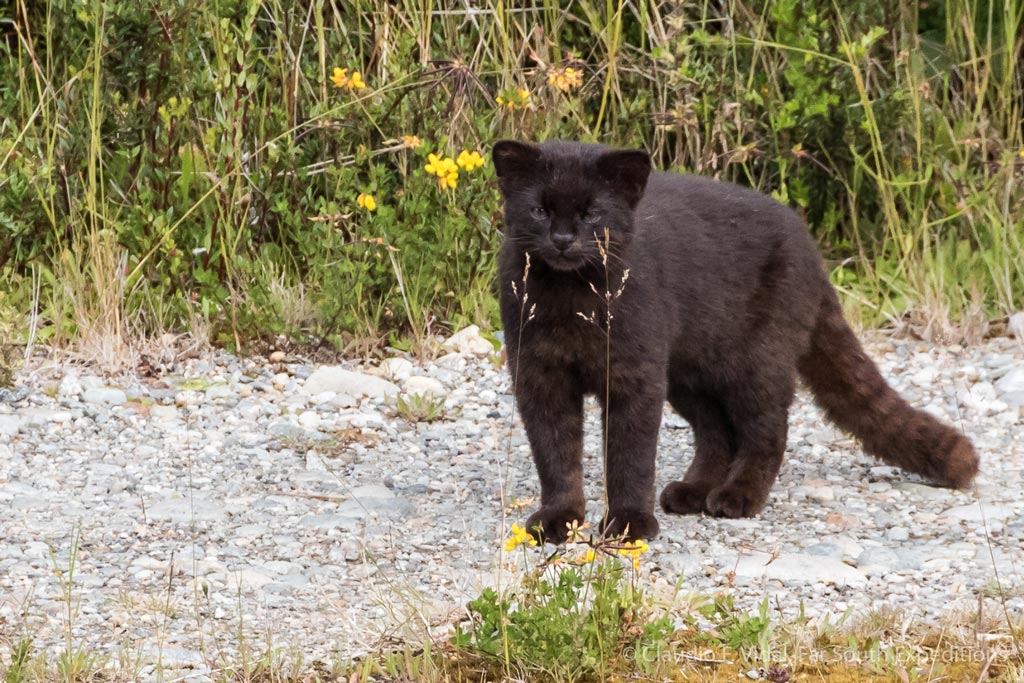
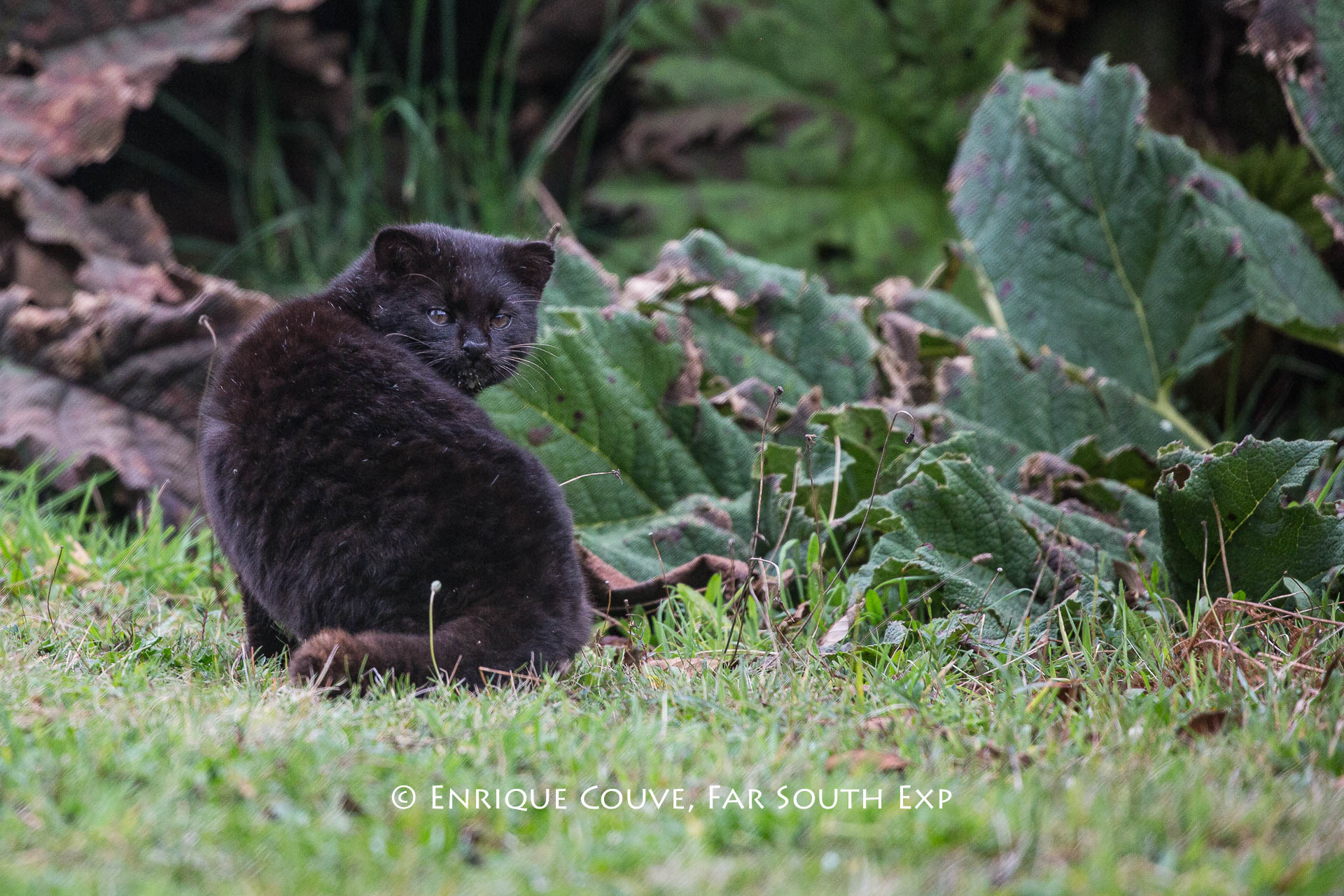
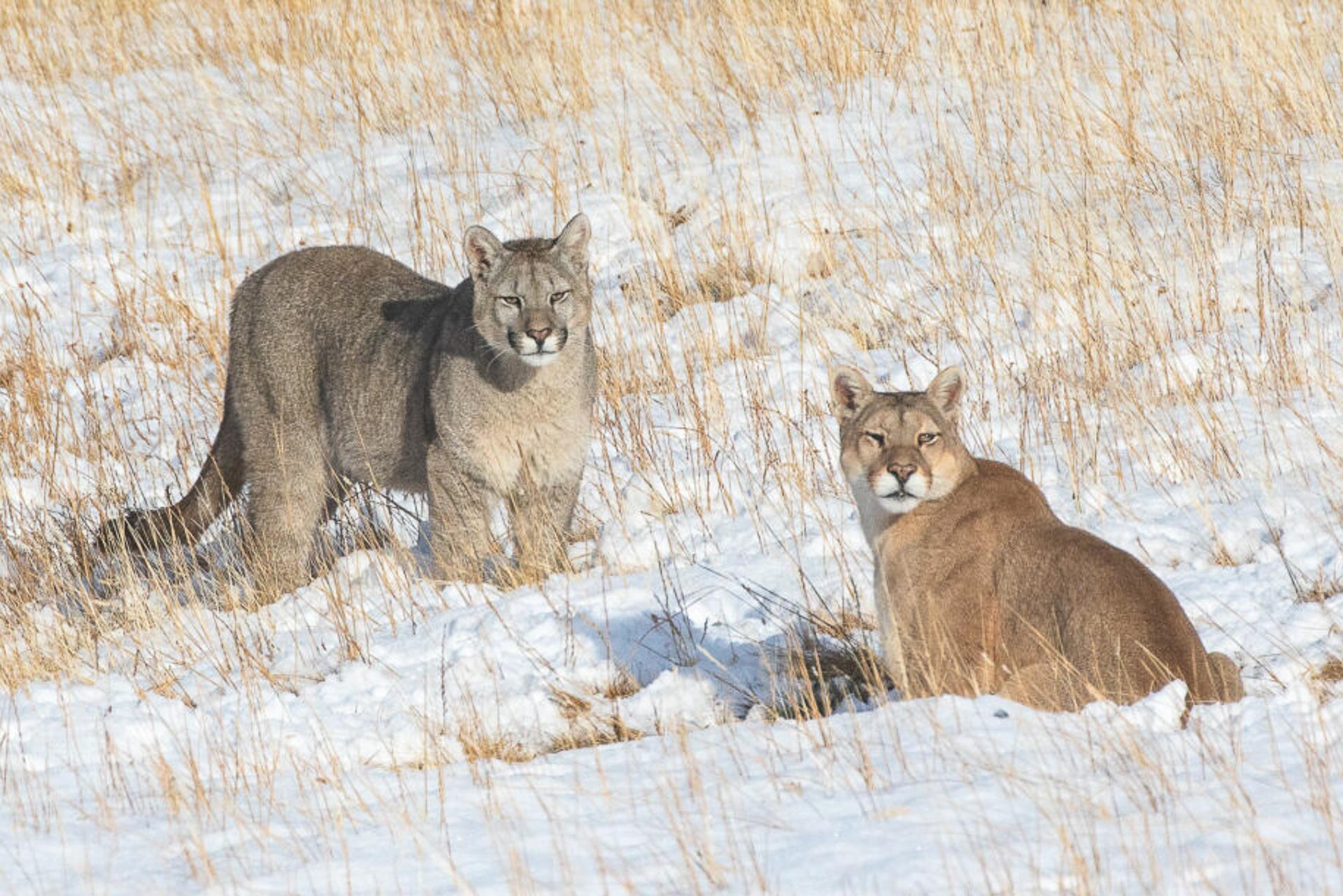
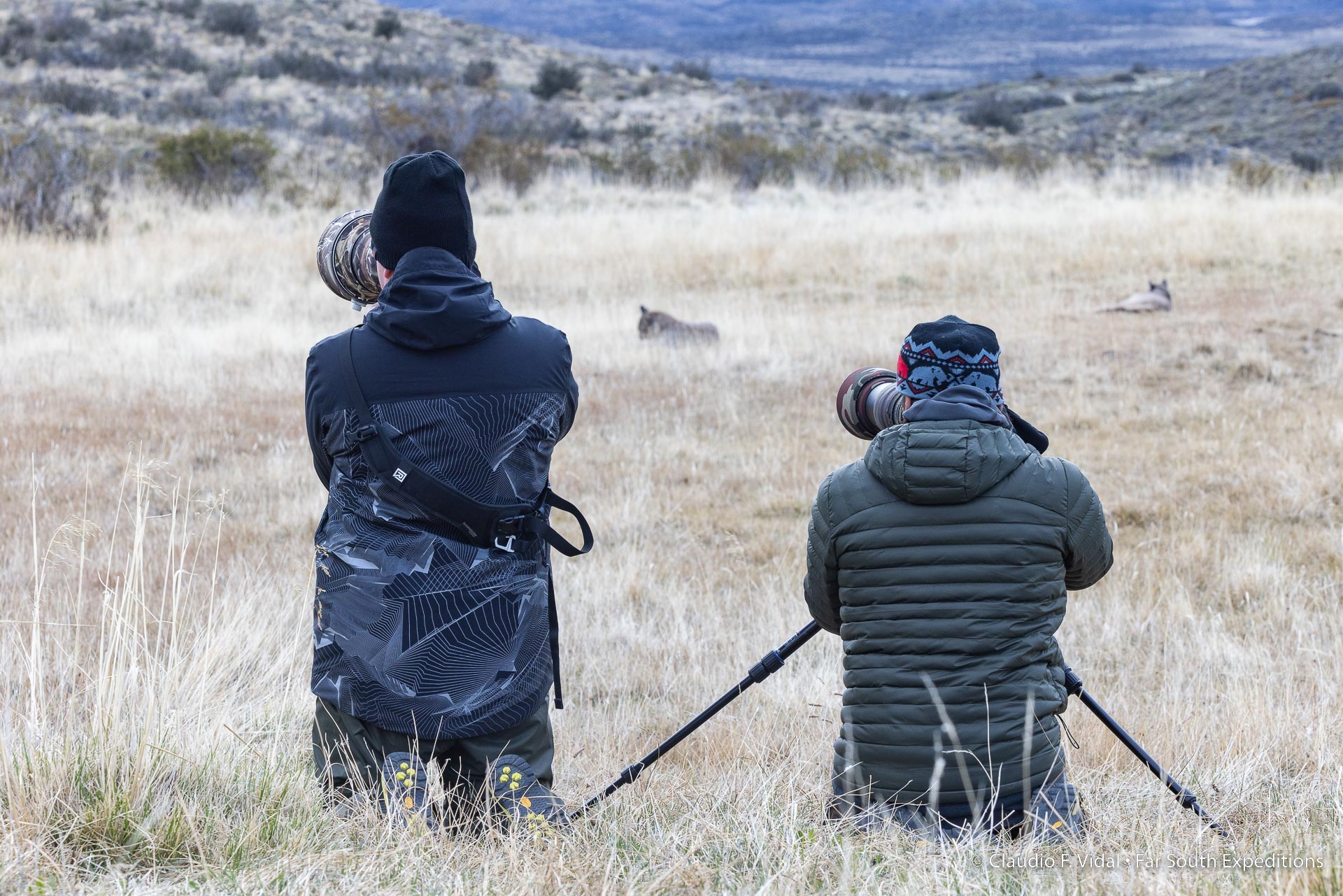
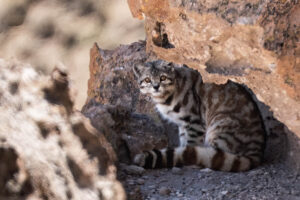
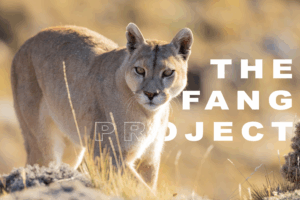
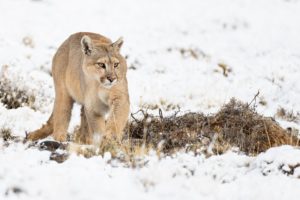
Leave a Reply
Your email is safe with us.